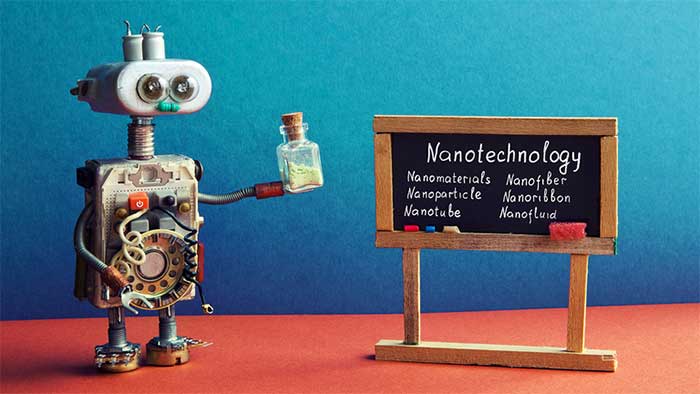A look at the synergies between two critical evolving technologies.
by W. David Stephenson for Industry Week
photo: © Gorodok495 | Dreamstime.com
A major takeaway from COVID-19 is that the total upheaval in every aspect of life and business means that going forward, we must learn to question every assumption we’ve made about everything. Just because we’ve done something some way in the past, from public health to business, doesn’t mean we’ll be able to, or should, in the future.
So what’s that got to do with manufacturing? The other day something popped into my head: What if, in this period of turmoil, the Internet of Things was to combine with another of my favorite innovations, nanotechnology?
Nanotech, if you’re not familiar with the term, refers to manufacturing things basically atom by atom so that materials’ structures can achieve specific properties impossible with traditional subtractive manufacturing processes. Its name is derived from items as small as several hundred nanometers. A nanometer is one one-billionth of a meter—a strand of human DNA is about 2.5 nanometers in diameter, while a sheet of paper is “huge” — 100,000 nanometers thick. A “nanomachine” is nanotechnology’s basic functional unit, “able to perform simple tasks such as sensing or actuation.”
What intrigued me was that it would be feasible( once the research had evolved into routine manufacturing), to manufacture tiny, ubiquitous IoT devices that could communicate (and, in some cases, also regulate) things’ status at lower cost and with less waste.
However, a quick search revealed that two Georgia Tech researchers, Ian Akyildiz and Josep Jornet, beat me to the punch a decade ago, visualizing the “Internet of Nano-Things,” or IoNT. They even conceived of “intrabody” networks communicating data from devices so small they could be swallowed or implanted in our bodies, as well as “intraconnected” offices where every device would be connected & share data.
There’s been a lot of progress in IoNT since then, but, unless I’m missing something, most is still largely in the proof-of-concept and early stages of commercialization. Other than medicine, it hasn’t become widespread in most industries.
I’m laying down a challenge, in this period of uncertainty and turmoil, to accelerate IoNT’s development and commercialization, because its benefits of efficiency and small size will be widespread and suited to the new normal’s realities.
Given the current crisis, it’s noteworthy that IoNT applications could include detection functions both inside the body and in places where people gather, like hospitals and schools, helping with virus detection, according to a paper presented at an IEEE conference in 2015.


